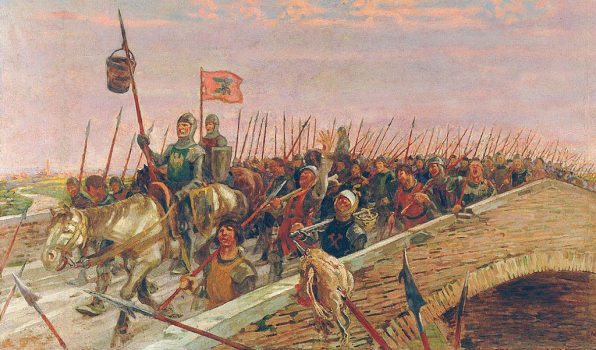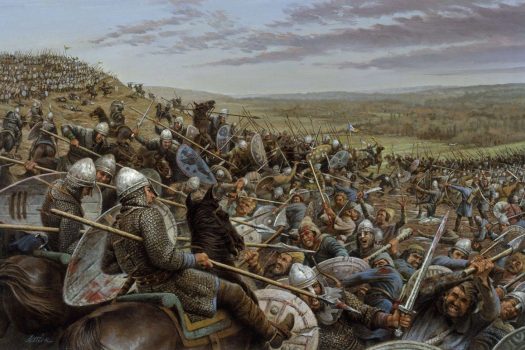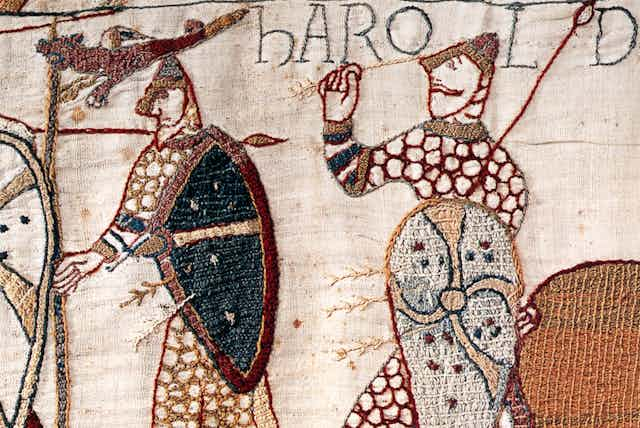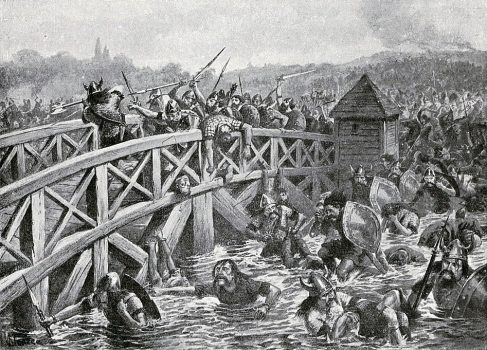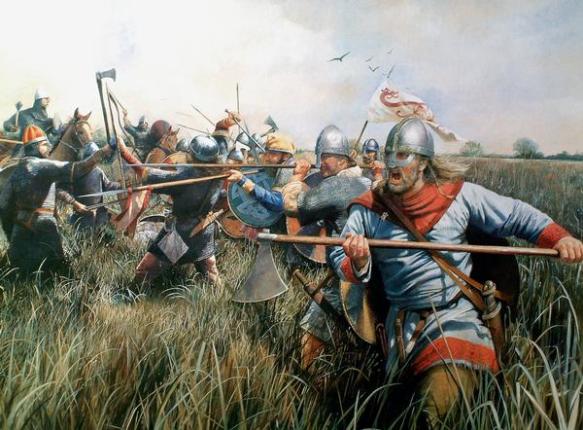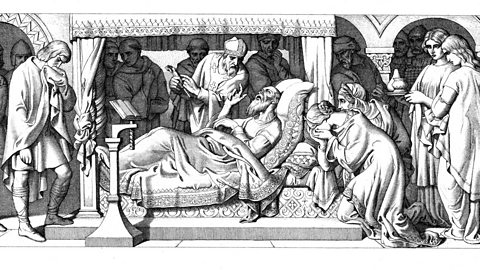Over many many years, the Pope had been used as a puppet by European countries to gain leverage and power in politics. After the collapse of the Roman Empire, Charlemagne requested of the Pope to be nominated Holy Roman Emperor. This formed a circular power struggle, wherein the Pope had power over the Holy Roman Emperor but the Holy Roman Emperor had power over the Pope. This created multiple feuds spanning over centuries in Europe, especially in Northern Italy.
Northern Italian City states began becoming independent, picking an either pro-Emperor (Ghibelline) or pro-Pope (Guelph) side. Many states switched between the two. One famous conflict was between the Ghibelline Mondena and the Guelph Bologna. The two cities had been feuding for years and this conflict between the Pope and the Emperor was the final push.
The first thing that needs to be established is that Bologna had a well. A traditional well with a bucket. By this time, this system of collecting water had become antiquated, but by lord did Bologna love this bucket.
In 1249, a large battle ensued, ending in a Bolognese victory, to which they catapulted a live donkey into Modena

Ever since the battle, the two cities would take groups into each other’s territory and wreak havoc on the other side. On one such trip in 1325, perpetrated by the Bolognese, the Modenese had enough
In the South West of their territory, the Bolognese had two forts guarding their area, Monteveglio and Zappolino. The Modenese lay seige upon and eventually captured Monteveglio
Around this time, a myth circulated that Bologna’s bucket had been stolen by Modena and this was the real reason for the war, whilst actually the bucket was most likely never stolen and the reason for the war was probably just their fort being taken.
Bologna split their forces. One half was to take back Monteveglio and the other half was stationed at various points along the river dividing the two territories. Modena managed to bait the Bolognese forces into going North before crossing the river at the south. Whilst the Bolognese expected them to break the siege at Monteveglio, they instead took Zappolino. Not being able to afford the loss of both of their forts, Bologna moved all their forces to defend Zappolino.
The forces encountered one another outside Zappolino and after a fight at sunset, the Modenese won, and chased the Bolognese back to Bologna. Upon arrival, they did not lay siege. Instead they set up camp and partied for the next three days, before stealing Bologna’s bucket and leaving.
A peace treaty was agreed upon, wherein Bologna would pay war reparations to Modena if Modena agreed to give back all stolen territory. Modena kept the bucket. It sits on display in Modena City Hall to this day.
